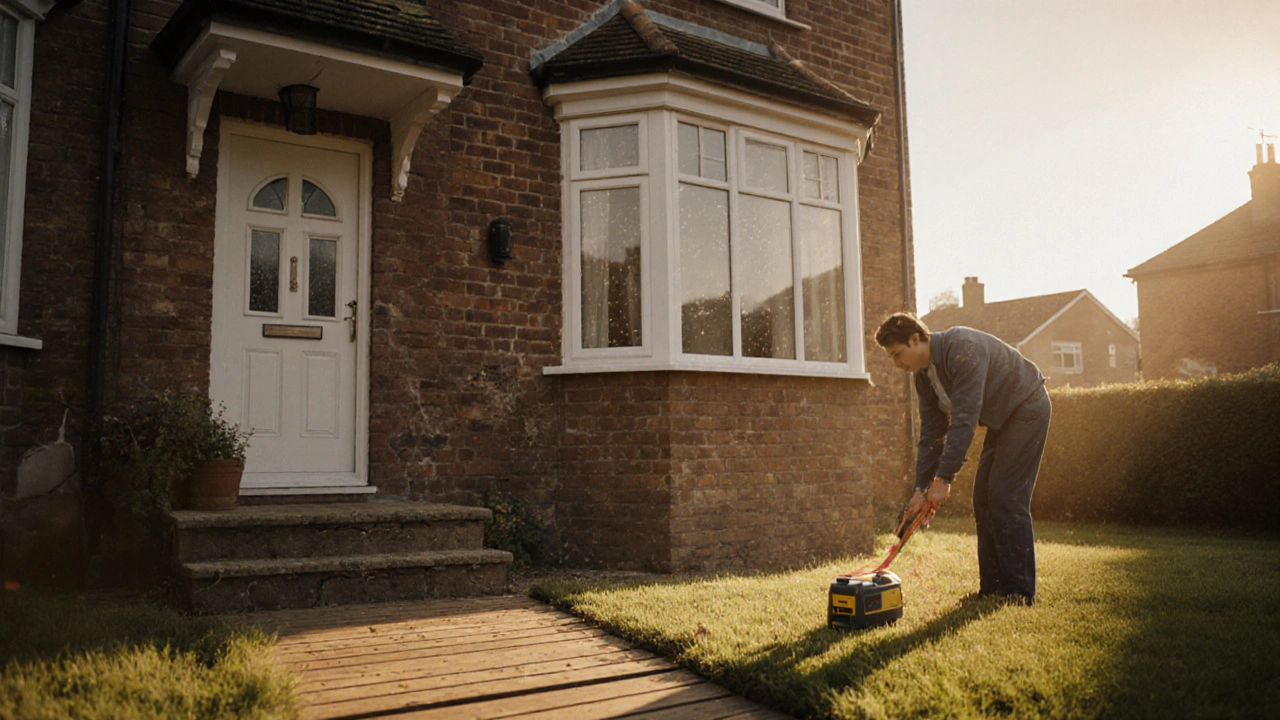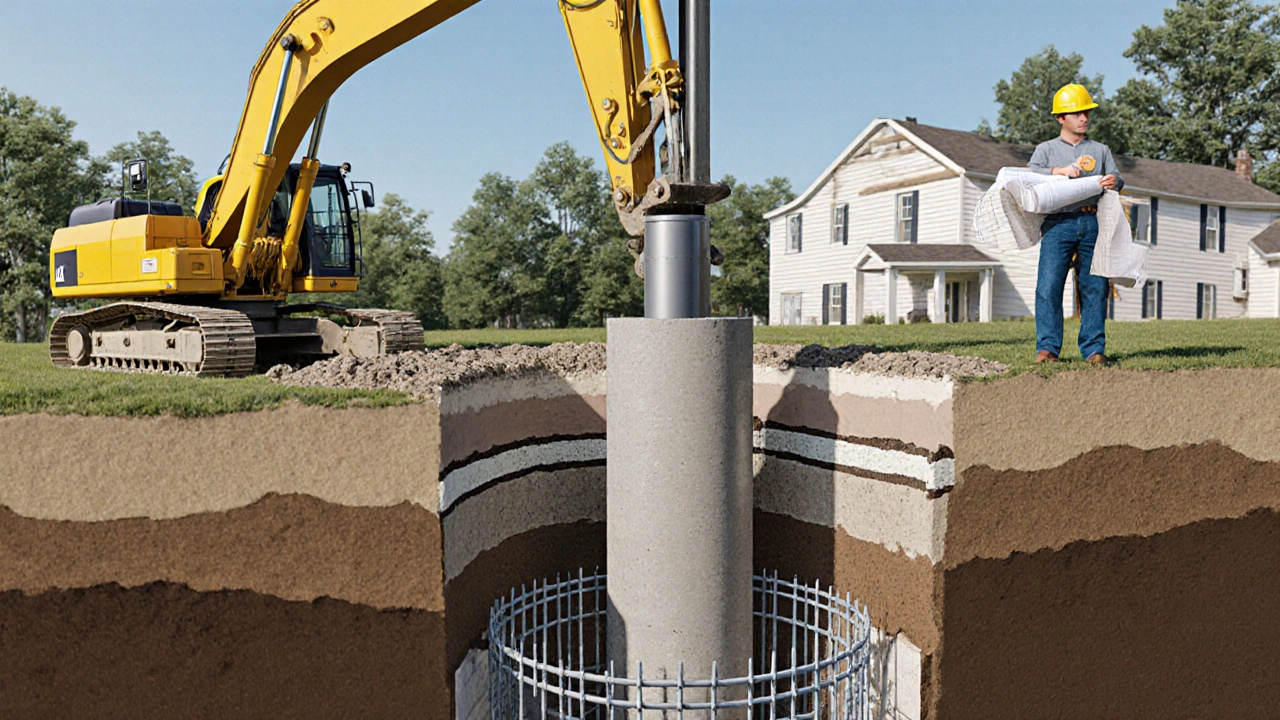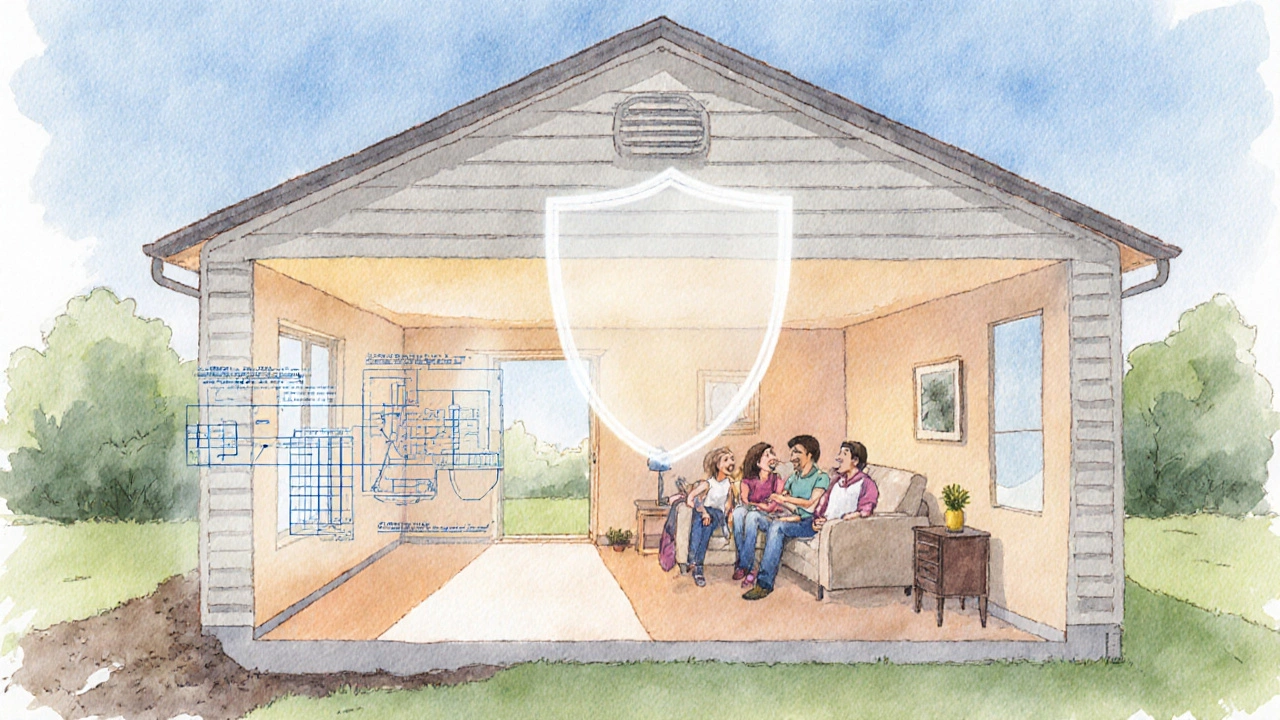What’s the Most Expensive Foundation Repair? Costs, Types & Why
 Oct, 12 2025
Oct, 12 2025
Foundation Repair Cost Estimator
Estimate Your Foundation Repair Cost
Estimated Cost
Base Cost $8,000 - $12,000
House Size Adjustment +0%
Soil Condition +0%
Depth Adjustment +0%
Quick Takeaways
- The priciest foundation repair is typically drilled piers (caissons), often topping $30,000 NZD for a typical home.
- Helical piers and deep underpinning follow closely, ranging from $20,000-$28,000 NZD.
- Cost drivers include depth required, soil conditions, equipment rental, and specialist engineering fees.
- Expensive methods are justified for severe settlement, expansive clay soils, or when a building’s structural integrity is at risk.
- Always compare detailed quotes, check licensing, and request a geotechnical report before signing.
When a building’s foundation the structural base that supports the entire structure begins to shift, homeowners turn to foundation repair services that stabilize, lift or replace the failing base to keep the house safe and level. But not every repair costs the same. Some methods require heavy equipment, deep excavations, and specialist engineering, pushing the price well above the average $8,000-$12,000 NZD most homeowners expect.Below we break down the repair types, reveal which one carries the highest price tag, explain why the cost spikes, and give you a practical checklist for evaluating quotes.
Common Foundation Repair Methods
Understanding the toolbox helps you see why certain jobs are pricier. The most frequent techniques include:
- Helical piers steel‑shaped screws driven into stable soil to lift and hold a structure
- Drilled piers (caissons) large‑diameter concrete columns poured deep into bearing strata
- Underpinning sequential excavation and concrete footings installed beneath existing footings
- Soil stabilization (grouting) injecting cement‑based mixtures to improve weak soil strength
- Basement waterproofing membranes, drainage, and sump pumps that protect against water ingress, often paired with structural repairs
Which Repair Method Is the Most Expensive?
Based on recent data from the New Zealand Building Performance Institute and a 2024 survey of 150 construction firms, drilled piers (caissons) consistently emerged as the most costly solution. The average price per pier ranges from $2,500 to $4,500 NZD, and a typical residential job needs 8-12 piers, driving the total to $20,000-$35,000 NZD before engineering fees.
Why does this method outrank helical piers or underpinning? Three technical reasons:
- Depth requirement: Caissons often need to reach bedrock or deep, non‑compressible layers (6-15m), demanding large excavators and drilling rigs.
- Concrete volume: Each caisson can be 30cm to 60cm in diameter and up to 15m deep, requiring hundreds of litres of concrete and reinforcement steel.
- Specialist oversight: Geotechnical engineers must design load calculations, and a licensed structural engineer a professional who certifies that the new foundation will meet safety standards must sign off.

Typical Price Ranges (NZ & Global Snapshot)
Below is a snapshot of 2025 prices, adjusted for the New Zealand market (USD equivalents for reference). Prices vary by region, soil type, and contractor experience.
| Method | Typical Cost per Home (NZD) | Depth Required | Key Use‑Case |
|---|---|---|---|
| Helical Piers | $12,000-$20,000 | 2-6m | Moderate settlement on sandy or loamy soils |
| Drilled Piers (Caissons) | $20,000-$35,000 | 6-15m | Severe settlement on expansive clays or where bedrock is deep |
| Underpinning | $15,000-$28,000 | 3-10m | Older brick foundations needing gradual load transfer |
| Soil Stabilization (Grouting) | $8,000-$14,000 | Variable (surface to 4m) | Weak, compressible soils without major structural damage |
| Basement Waterproofing | $5,000-$12,000 | Surface & below‑grade | Moisture‑related settlement or mold issues |
What Drives the High Cost of Drilled Piers?
Beyond depth and concrete, several hidden cost factors push the price skyward:
- Site access: Urban lots often require traffic management, crane permits, and reinforced temporary roads.
- Soil testing: A comprehensive geotechnical investigation soil boreholes, lab tests, and load‑bearing analysis can add $2,000-$4,000 NZD.
- Re‑inspection & certification: After installation, a structural engineer must verify alignment and load capacity, typically $1,500-$3,000 NZD.
- Insurance & warranties: High‑risk work demands higher liability coverage, reflected in the contractor’s quote.
When Is Paying for Drilled Piers Worth It?
If your home sits on expansive clay (common in parts of the Wellington basin) and you’ve experienced more than 25mm of differential settlement, a caisson solution may be the only way to reach a stable stratum. In such scenarios:
- The risk of structural failure-cracked walls, uneven floors, and compromised roof framing-far outweighs the upfront expense.
- Long‑term resale value improves; buyers often ask for a “foundation warranty” backed by a professional report.
- Insurance premiums can drop after the repair, as the property’s risk profile lowers.
Conversely, if settlement is under 10mm and occurs on well‑drained sand, a helical pier or soil stabilization may achieve the same result for 30‑40% less.

How to Evaluate Quotes and Avoid Overpaying
High‑priced foundation work can be a target for upselling. Use this checklist to keep the process transparent:
- Request a detailed scope: Each line item (e.g., drilling, concrete, engineering) should have a unit price.
- Verify credentials: Confirm that the contractor holds a valid [NZ Building Contractor] license and that a licensed structural engineer is listed as the designer on the quote.
- Ask for a geotechnical report: The report should outline soil layers, bearing capacity, and the proposed depth.
- Get at least three quotes: This creates a price baseline and flags outliers.
- Check warranties: Reputable firms offer a minimum 5‑year structural warranty on repair work.
- Look for hidden fees: Travel surcharge, after‑hours rates, or “soil disposal” costs are often added later.
Real‑World Example: A Wellington Home
John and Maya bought a 1970s bungalow in Miramar. After three years of noticeable floor sloping, a local engineer recommended drilled piers to reach a basalt layer 12m deep. Their contractor quoted $32,500 NZD, breaking down as $24,000 for drilling and concrete, $5,000 for engineering, and $3,500 for permits and inspection. They obtained two other bids: one for helical piers at $19,000 (insufficient depth) and a third for underpinning at $28,000 (still required additional piers). After a second geotechnical test confirmed the basalt depth, they chose the drilled piers. The work took four weeks, after which the floor was level, and their insurer reduced the home‑risk premium by 12%.
This case illustrates why the most expensive option can be the right one when soil conditions demand it.
Bottom Line
The short answer to the title question: drilled piers (caissons) are the most expensive foundation repair method, often exceeding $30,000 NZD for a typical house. Their price reflects the need for deep excavation, large concrete volumes, and specialist engineering oversight. However, when severe settlement threatens structural safety, the investment protects your home’s integrity and resale value.
Frequently Asked Questions
What soil conditions require drilled piers?
Drilled piers are best for expansive clays, peat, or any soil where the bearing layer lies more than 6m below ground. They also work when bedrock must be reached for long‑term stability.
How long does a drilled pier installation take?
A typical residential job takes 2-4 weeks, including site prep, drilling, concrete curing, and final inspection.
Can I finance a high‑cost foundation repair?
Many New Zealand banks offer home improvement loans, and some contractors partner with finance providers for low‑interest terms up to 5 years.
Is a warranty required for foundation work?
While not legally mandatory, reputable firms provide a minimum 5‑year structural warranty covering settlement beyond the designed limits.
How do I verify a contractor’s credentials?
Check the New Zealand Building Authority’s register for a valid contractor licence, request copies of insurance certificates, and confirm that a licensed structural engineer has signed the design drawings.
